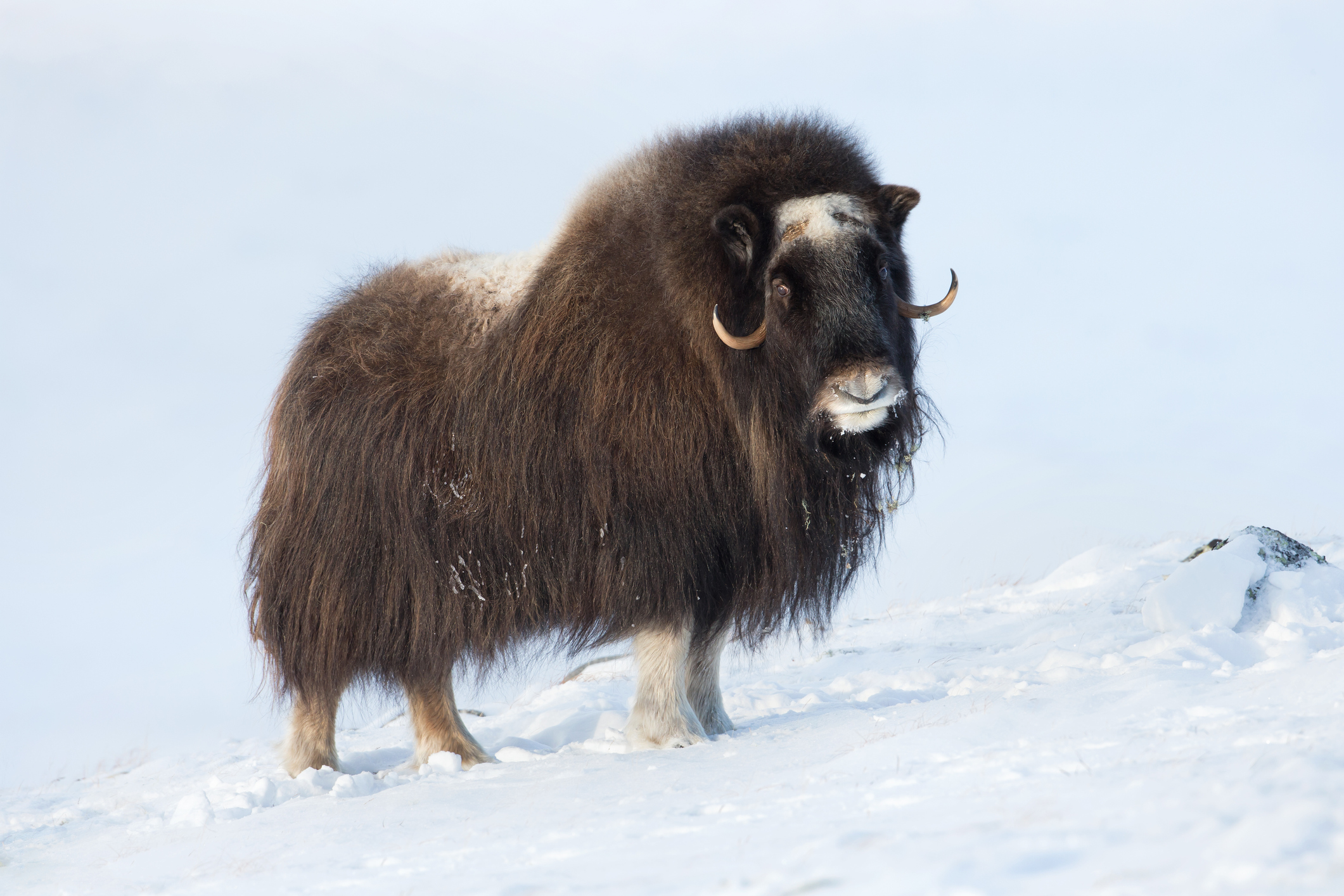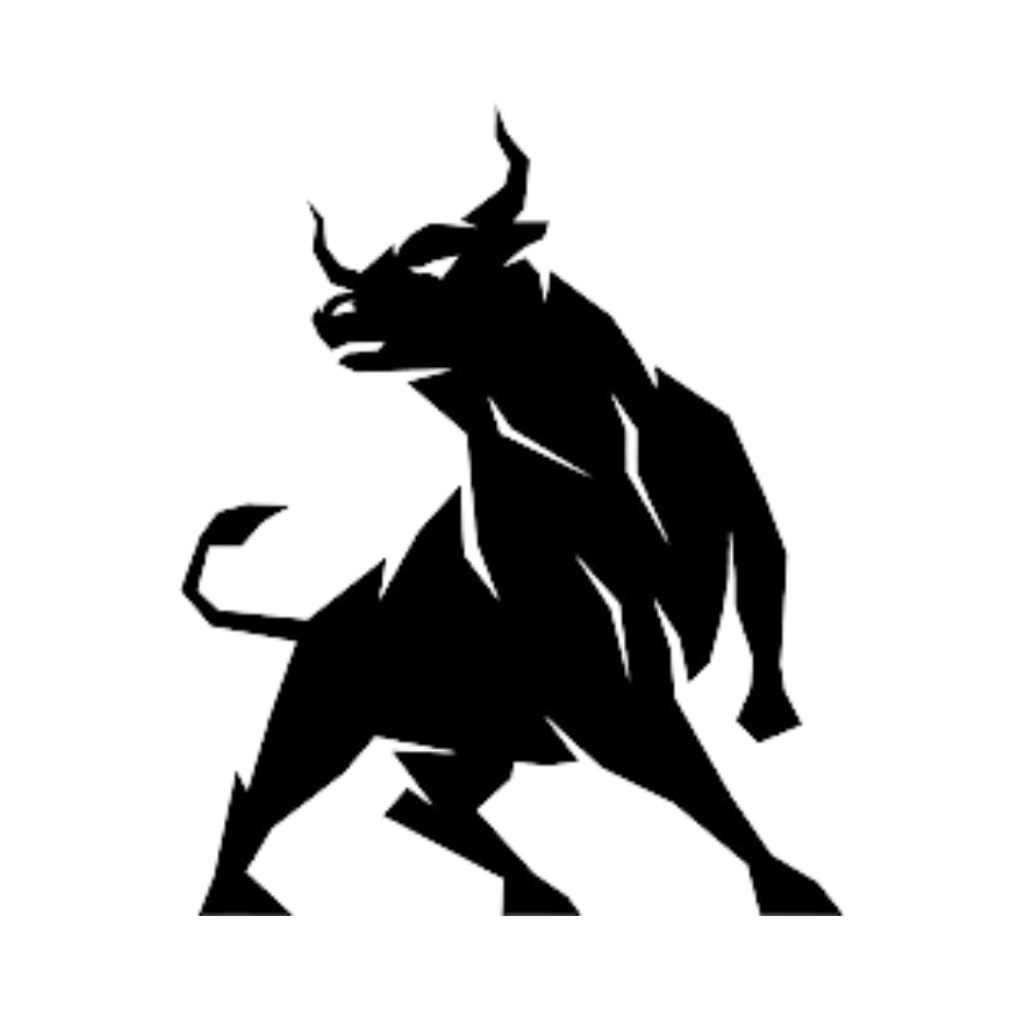The ox is a remarkable creature that has been a vital part of human history for thousands of years. Known for its incredible strength and resilience, the ox has played a significant role in agriculture, transportation, and cultural symbolism worldwide. As we delve deeper into the world of oxen, you'll discover fascinating facts and insights about these magnificent animals that have contributed so much to human civilization.
Oxen are domesticated cattle that have been trained to perform various tasks, making them indispensable companions to farmers and laborers. Their importance in shaping agricultural practices and economies cannot be overstated. This comprehensive guide will explore everything you need to know about oxen, from their history to their modern-day significance.
Whether you're a farmer, a history enthusiast, or simply curious about these powerful animals, this article will provide valuable information and insights into the world of oxen. Let's embark on this journey to understand more about these incredible creatures and their impact on human societies.
Read also:Why Was Josh Gates Hospitalized Unveiling The Truth Behind The Headlines
Table of Contents
- Biography of the Ox
- History of the Ox
- Types of Oxen
- Anatomy of the Ox
- Uses of Oxen in Agriculture
- Cultural Significance
- Modern-Day Role of Oxen
- Caring for Oxen
- Environmental Impact
- Future of the Ox
Biography of the Ox
The ox is a domesticated bovine that has been used for labor and agriculture for centuries. It is a castrated male of the cattle species Bos taurus, known for its robust build and docile nature. Below is a detailed overview of the ox:
Ox Data Overview
| Attribute | Details |
|---|---|
| Scientific Name | Bos taurus |
| Common Name | Ox |
| Species | Domestic Cattle |
| Average Weight | 1,000 to 3,000 pounds |
| Average Height | 5 to 6 feet at the shoulder |
| Lifespan | 18 to 22 years |
Oxen have been bred and trained for specific purposes, such as plowing fields, pulling carts, and transporting goods. Their strength and endurance make them ideal for heavy-duty tasks in agriculture and transportation.
History of the Ox
The history of the ox dates back thousands of years. Archaeological evidence suggests that oxen were domesticated around 8,000 years ago in the Middle East. Since then, they have been integral to human societies across the globe.
Early civilizations like the Egyptians, Mesopotamians, and Indus Valley people relied heavily on oxen for their agricultural needs. These animals were used to plow fields, haul heavy loads, and even serve as a source of power for early irrigation systems.
Over time, the use of oxen spread to Europe, Asia, and the Americas, where they continued to play a crucial role in shaping economies and cultures. Their importance in human history cannot be overstated, as they contributed significantly to the development of agriculture and trade.
Types of Oxen
Domestic vs. Wild Oxen
Oxen can be broadly categorized into domestic and wild varieties. Domestic oxen are the ones we are most familiar with, bred and trained for labor. Wild oxen, on the other hand, are found in various parts of the world and are not domesticated.
Read also:Top Hindi Movie Download Websites Your Ultimate Guide To Legal And Safe Platforms
- Domestic Oxen: Castrated male cattle used for labor and agriculture.
- Wild Oxen: Include species like the African buffalo and the Indian gaur, which live in the wild and are not domesticated.
Regional Variations
Regional variations of oxen exist due to selective breeding and adaptation to different environments. For example:
- Zebu Oxen: Native to South Asia, these oxen are well-suited to hot climates and are known for their humped backs.
- European Oxen: Larger and more robust, these oxen are commonly used in colder climates.
- African Oxen: Adapted to the harsh conditions of the African savannah, these oxen are resilient and hardy.
Anatomy of the Ox
The anatomy of the ox is designed for strength and endurance. Their muscular build, large hooves, and strong legs make them ideal for heavy labor.
Key Features
- Horns: Most oxen have horns, which are used for defense and as a tool for certain tasks.
- Shoulder Hump: Some breeds, like the Zebu, have a distinctive shoulder hump, which is a result of their muscular development.
- Strong Legs: Oxen have powerful legs that allow them to pull heavy loads over long distances.
Understanding the anatomy of the ox helps in appreciating their capabilities and the reasons behind their widespread use in agriculture and transportation.
Uses of Oxen in Agriculture
Oxen have been used in agriculture for centuries due to their incredible strength and endurance. Their versatility makes them suitable for a wide range of tasks:
Plowing Fields
Oxen are commonly used to plow fields, breaking up the soil and preparing it for planting. Their strength allows them to work in tough conditions, such as rocky or clay-heavy soils.
Pulling Carts
Transporting goods and materials is another essential role of oxen. They can pull carts loaded with crops, tools, and supplies, making them invaluable in rural communities.
Harvesting Crops
During harvest season, oxen are employed to help gather crops, especially in areas where mechanized equipment is unavailable or impractical.
Cultural Significance
Oxen hold a significant place in the cultures of many societies around the world. They are often seen as symbols of strength, perseverance, and hard work.
Religious Symbolism
In some cultures, oxen are revered as sacred animals. For example, in Hinduism, the bull is considered a symbol of strength and is often associated with Lord Shiva. Similarly, in ancient Egypt, the Apis bull was worshipped as a deity.
Festivals and Celebrations
Many festivals and celebrations feature oxen as central elements. In Spain, bullfighting is a traditional event that showcases the strength and agility of oxen. In other parts of the world, oxen are used in parades and cultural ceremonies to honor their contributions to society.
Modern-Day Role of Oxen
Despite advancements in technology, oxen still play a vital role in modern agriculture, especially in developing countries. Their low maintenance costs and adaptability make them a practical choice for many farmers.
Sustainable Agriculture
Oxen are increasingly being used in sustainable agriculture practices. Their use reduces the need for fossil fuels and promotes environmentally friendly farming methods.
Ecotourism
In some regions, oxen are used in ecotourism initiatives, where visitors can experience traditional farming methods and learn about the history and culture surrounding these animals.
Caring for Oxen
Proper care and management are essential for maintaining the health and productivity of oxen. This includes providing them with adequate nutrition, regular veterinary care, and a suitable living environment.
Nutritional Needs
Oxen require a balanced diet rich in fiber, protein, and essential nutrients. Their diet typically consists of hay, grains, and other forage materials.
Veterinary Care
Regular health check-ups and vaccinations are crucial for preventing diseases and ensuring the well-being of oxen. Proper hoof care is also important to prevent lameness and other health issues.
Environmental Impact
Oxen have a relatively low environmental impact compared to modern agricultural machinery. Their use reduces the need for fossil fuels and minimizes soil compaction, promoting healthier ecosystems.
Soil Health
The use of oxen in farming practices helps maintain soil health by reducing compaction and promoting natural aeration. This leads to better water retention and nutrient cycling in the soil.
Carbon Footprint
Oxen have a smaller carbon footprint than mechanized equipment, making them a more sustainable option for agriculture. Their use aligns with global efforts to reduce greenhouse gas emissions and combat climate change.
Future of the Ox
The future of the ox remains bright, particularly in regions where traditional farming methods are still practiced. As the world moves towards more sustainable and eco-friendly practices, the role of oxen in agriculture is likely to grow.
Efforts to preserve traditional breeds and promote their use in sustainable agriculture will ensure that oxen continue to contribute to human societies for generations to come.
Conclusion
The ox has been an indispensable companion to humans for thousands of years, contributing significantly to agriculture, transportation, and cultural practices. From their impressive strength and endurance to their cultural significance and environmental benefits, oxen have much to offer.
We invite you to share your thoughts and experiences with oxen in the comments below. If you enjoyed this article, consider sharing it with others who might find it informative. Additionally, feel free to explore other articles on our site for more insights into the fascinating world of animals and agriculture.
References:
- Smithsonian Magazine - The History of Oxen in Agriculture
- National Geographic - Oxen: The Unsung Heroes of Farming
- FAO - Sustainable Use of Oxen in Modern Agriculture


